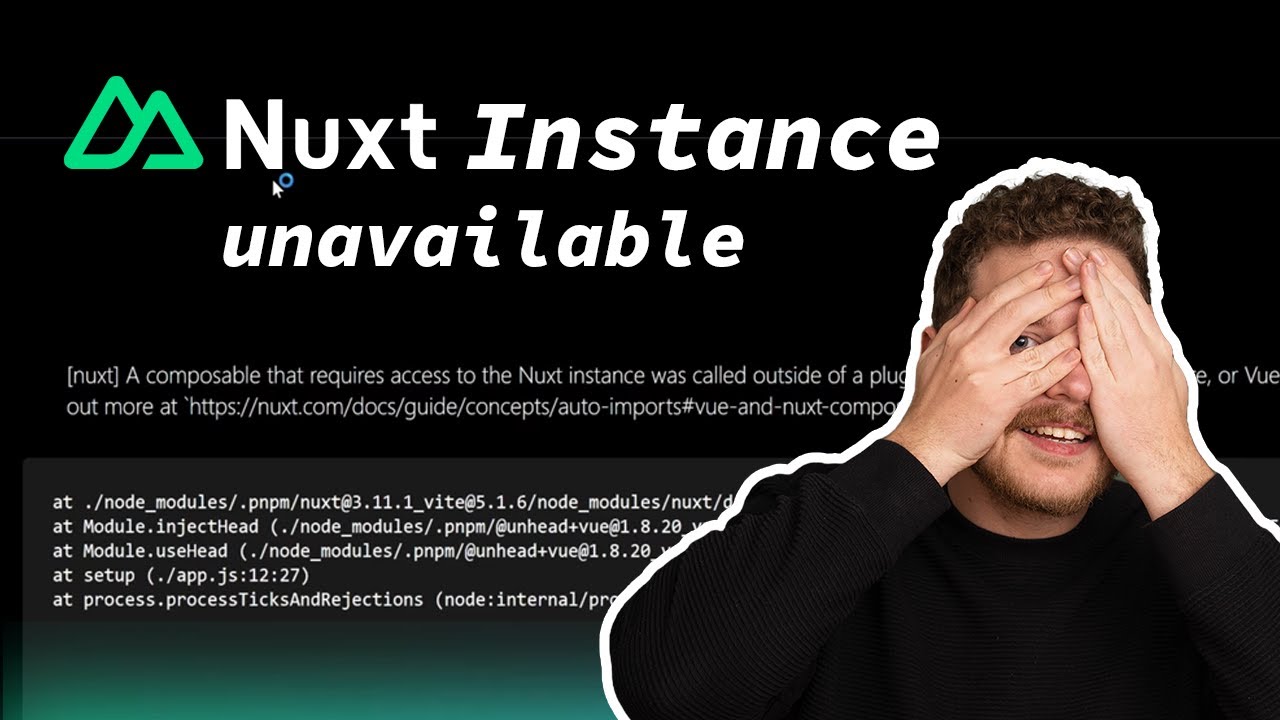Micro Fulfillment: A Solution to Last Mile Delivery Obstacles
Summary
TLDR在这段视频脚本中,Bill Catanya,OneRail的首席执行官,讨论了微履行中心如何成为解决最后一英里配送障碍的解决方案。Catanya指出,由于COVID-19加速了消费者行为的变化,传统的配送中心通常位于远离市场30至50英里的地方,这导致库存与消费者之间的距离过远。为了实现当日达或更快的配送服务,需要将库存更靠近消费者。微履行中心因此被提出,它们是小型的配送节点,可以位于零售店内、所谓的暗店或者独立的配送中心。这些中心可以加速现金流,通过更接近需求的库存和实时补货来提高配送效率。OneRail作为一个履行解决方案,帮助各种类型的发货人更可预测、更经济、更快速地移动他们的最终一英里库存。该公司通过软件和实时库存可见性,以及与约九百万司机的网络连接,自动化整个订单流程,从而提高配送效率。
Takeaways
- 📦 **微履行中心的兴起**:由于供应链压力和消费者行为的加速,传统的配送中心(DC)距离消费者较远,需要引入微履行中心(micro fulfillment centers)来提高最后一公里配送的效率。
- 🚚 **配送效率的提升**:微履行中心可以更接近消费者,支持同日或几小时内配送,满足消费者对快速配送的需求。
- 🏢 **多种实现形式**:微履行中心可以位于零售店内、所谓的“暗店”(dark stores)或者作为独立设施,甚至可以利用购物中心或自存储设施(self storage)的空间。
- 📈 **库存管理的挑战**:微履行中心的引入增加了库存管理的复杂性,需要精准的库存分布和实时库存可见性。
- 💰 **现金流的加速**:通过微履行中心,库存更接近消费者,可以加快产品补货速度,从而加速现金流。
- 📊 **减少缺货风险**:微履行中心可以减少缺货情况,避免消费者因找不到所需商品而转向竞争对手。
- 🛒 **零售店的双重角色**:零售店本身可以作为微履行中心,但需要适当的基础设施和订单管理系统来支持。
- 📱 **技术的重要性**:为了有效管理多个微履行中心,公司需要投资于实时库存可见性和需求预测技术。
- 📈 **运营转型的需求**:企业需要进行运营转型,以适应新的配送模式,包括订单管理、配送时序和与配送员的沟通。
- 🌐 **OneRail的服务**:OneRail提供履行解决方案,帮助各种类型的发货人更可预测、更经济、更快速地移动最后一公里的库存。
- 📈 **OneRail的增长**:OneRail自2018年成立以来,业务增长迅速,反映了市场对高效配送解决方案的需求。
Q & A
什么是微履行中心(micro fulfillment center)?
-微履行中心是一种新型的物流中心,它比传统的配送中心小得多,通常位于靠近消费者需求区域的位置。它们可以位于零售店内部、所谓的暗店(dark stores)或者作为独立设施存在,目的是减少库存与消费者之间的距离,以提高最后一公里配送的效率。
为什么需要微履行中心?
-微履行中心的出现是为了解决供应链中的“最后一公里”配送问题。由于消费者对快速配送的需求增加,传统的配送中心往往距离消费者较远,无法满足当日达或几小时内送达的服务要求。微履行中心通过将库存放置在更靠近消费者的地方,可以更快地响应订单,提高配送效率。
微履行中心有哪些可能的物理位置?
-微履行中心可以位于零售店内部,利用零售空间的一部分;也可以设在所谓的暗店,即不对外营业、专门用于在线订单处理的商店;还可能是独立的配送中心,或者利用自存储设施(self storage)作为微履行中心。
如何确保微履行中心的库存不会缺货?
-确保微履行中心不出现缺货需要有强大的基础设施支持,包括实时库存管理系统、需求预测技术和需求感知技术。这些系统可以帮助企业准确预测需求,及时补货,避免缺货情况的发生。
微履行中心如何加速现金流?
-通过将库存放置在更靠近消费者的地方,微履行中心可以更快地响应订单,减少产品从配送中心到商店的时间,从而加速产品的周转,加快发票开具和收款,进而加速现金流。
微履行中心如何帮助零售商提高销售?
-微履行中心通过提供更快的配送服务,可以提高顾客满意度,增加顾客忠诚度。例如,如果顾客去特定的商店购买某个品牌的产品,而产品缺货,这可能会导致顾客不再选择该商店,从而失去潜在的销售和附加销售机会。
在多个小型位置分配库存会面临哪些挑战?
-在多个小型位置分配库存会增加管理复杂性,需要精确地了解每个位置的库存情况,并能够在需要时将库存从一个位置转移到另一个位置。这要求有高效的库存管理和物流调配系统,以确保库存平衡和优化。
null
-null
OneRail 是什么公司,它的服务如何帮助不同类型的发货人?
-OneRail 是一个提供履行解决方案的公司,它通过软件和操作系统帮助各种类型的发货人,包括电子零售商、实体零售商、批发产品分销商甚至医疗保健组织,使其最终的库存能够更可预测、更经济、更快速地移动到最后一英里。OneRail 的平台连接了约九百万名司机,并使用实时决策引擎来选择最佳的快递员。
OneRail 成立多久了,它的业务有何发展?
-OneRail 成立于2018年1月,最初是一家数字快递公司。大约两年前,它从快递服务转型为平台服务。随着需求的增加,公司团队从2020年2月的9名成员增长到现在的100名成员,并有30个职位空缺,预计到明年这个时候团队将增长到近200名成员。
OneRail 如何应对 COVID-19 期间的快速增长?
-尽管在COVID-19期间面临挑战,OneRail 还是成功地应对了快速增长。公司通过提供灵活的工作机会,吸引了那些在疫情期间寻找新职业的人,这不仅帮助了公司快速增长,也为个人提供了新的就业机会。
OneRail 的服务如何适应多渠道零售和客户需求的变化?
-OneRail 的服务通过提供实时库存可见性和需求感知,帮助发货人适应多渠道零售和客户需求的变化。它的平台能够自动化订单流程,从订单管理到与消费者的最终交付,提供全流程的物流管理服务。
为什么说实时库存可见性对于微履行中心的成功至关重要?
-实时库存可见性对于微履行中心的成功至关重要,因为它可以帮助企业准确预测需求,及时补货,并实现库存的实时补货。这有助于企业提高配送速度,减少缺货风险,并提高客户满意度。
Outlines

此内容仅限付费用户访问。 请升级后访问。
立即升级Mindmap

此内容仅限付费用户访问。 请升级后访问。
立即升级Keywords

此内容仅限付费用户访问。 请升级后访问。
立即升级Highlights

此内容仅限付费用户访问。 请升级后访问。
立即升级Transcripts

此内容仅限付费用户访问。 请升级后访问。
立即升级浏览更多相关视频

The Rise of Hyperlocal Fulfillment Centers

Nuxt Instance Unavailable - Async Code in Vue and Nuxt with the Composition API (+ raffle 🎁)

Top 5 Problems Jeep Grand Cherokee 2011-2021 4th Generation

【漫画・小説・シナリオ】プロのシナリオライターが教える! 超簡単なストーリーの作り方【創作論】

Visibility & Security: Critical Issues in Supply Chain Today

348: How COVID Changed Last Mile Delivery Forever, with SEKO
5.0 / 5 (0 votes)